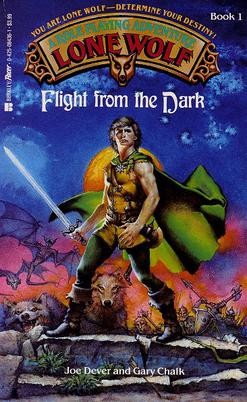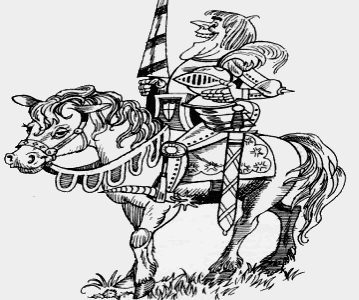Last year, I discussed the seminal Choose Your Own Adventure (CYOA) series of gamebooks and the legendary Lone Wolf series by Joe Dever. Today, I wanted to look at another excellent, if under appreciated, RPG gamebook, the first entry in the Cretan Chronicles trilogy, "Bloodfeud of Altheus":
In the days of yore, I spent many, many hours pouring over the ancient tales from Greek mythology: the trials of mighty Heracles, the battles of the Trojan War, the foibles of various mortals and deities, the general dickishness of Zeus. One of my favorite yarns was the story of Theseus and the dreaded Minotaur, so it's not surprising that I took a shine to this series.
In the Cretan Chronicles, things went a bit differently- Theseus has been slain at the heart of the labyrinth of Minos! It falls to his younger brother Altheus, played by you, to finish Theseus' quest and to seek vengeance for your fallen kin.
Traveling through mythic Greece, you strive to prove yourself a true Achaean hero as you face numerous challenges, mortal and otherwise. The gamebook also rewards knowledge of Greek mythology, as a number of familiar names pop up.
The Cretan Chronicles series is perhaps the best blending of rules and setting in a gamebook. Unlike other gamebook series, which mostly used generic rules, the Cretan Chronicles attempted to model the feel and pathos of Greek mythology. For example, in "Bloodfeud of Altheus," you are supposed to role-play the titular character in a suitably heroic manner.
To "encourage" such, there's the infamous Honor/Shame mechanic, where you gain Honor points for honorable actions and you also gain Shame points for (you guessed it) shameful actions. Most notably, you were supposed to kill yourself if your Shame exceeded your Honor- and if you didn't Zeus does it for you with a thunderbolt!
To "encourage" such, there's the infamous Honor/Shame mechanic, where you gain Honor points for honorable actions and you also gain Shame points for (you guessed it) shameful actions. Most notably, you were supposed to kill yourself if your Shame exceeded your Honor- and if you didn't Zeus does it for you with a thunderbolt!
 |
| Respect My Authoritah! |
This gamebook is also notable for its hint mechanic. At numerous points in the story, you have the option of performing a non-standard action. Be wary, for if you choose to do something that No Greek Hero would do, you will be penalized! In addition, the book's notion of what is appropriate for a Greek Hero is sometimes very arbitrary and even bizarre- a great emulation of the source material!
Another nice detail is your relationships with six different gods and goddesses. You select a Patron deity among them, each of which has different in-game effects, and are Favored/Neutral/Disfavored by the rest, which affects your story at various points.
So, if you are a fan of Greek myths and/or Old School gaming, grab your sword, slip on your himation and read this gamebook- or die of Shame!
Another nice detail is your relationships with six different gods and goddesses. You select a Patron deity among them, each of which has different in-game effects, and are Favored/Neutral/Disfavored by the rest, which affects your story at various points.
So, if you are a fan of Greek myths and/or Old School gaming, grab your sword, slip on your himation and read this gamebook- or die of Shame!







